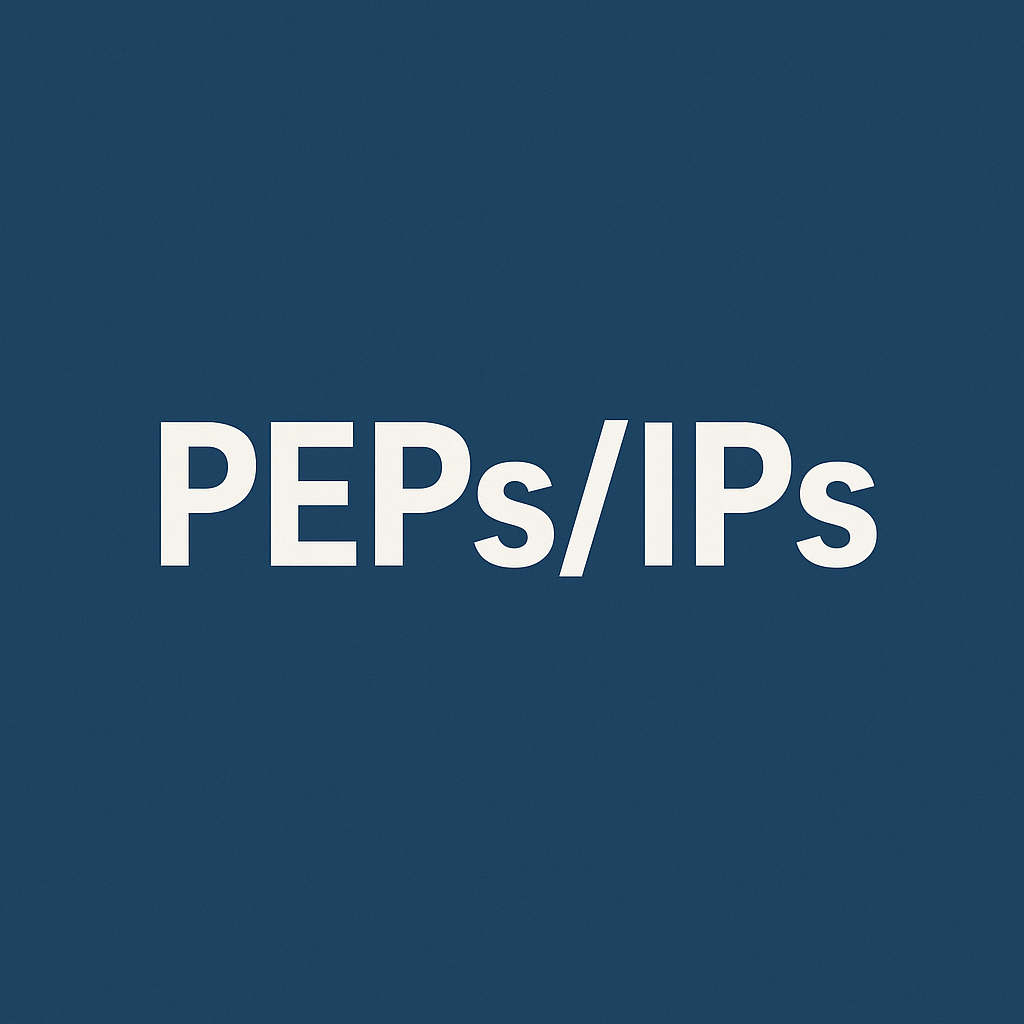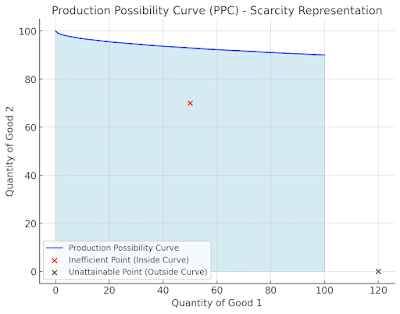The Production Possibility Curve (PPC) is a fundamental concept in economics that illustrates the trade-offs and opportunity costs associated with resource allocation. It visually represents the maximum possible output combinations of two goods or services that an economy can produce given its available resources and technology.
What is the Production Possibility Curve (PPC)?
The Production Possibility Curve (PPC) is a graphical representation that shows different combinations of two goods that can be produced efficiently using available resources and technology. It helps in understanding key economic concepts such as efficiency, opportunity cost, and economic growth.
Key Features of PPC:
✔ Efficiency: If an economy operates on the PPC, it utilizes all resources efficiently.
✔ Inefficiency: If production is inside the PPC, it indicates underutilization of resources.
✔ Unattainability: Any point beyond the PPC is currently impossible due to limited resources.
Factors Affecting the PPC
1️⃣ Resource Availability: More resources shift the curve outward.
2️⃣ Technological Advancements: Improved technology increases production capacity.
3️⃣ Economic Growth: Investments in capital and labor improve the PPC.
4️⃣ Trade & Specialization: International trade can enhance an economy’s potential.
Related Economic Curves
- Opportunity Cost Curve – Shows the trade-off between two goods.
- Marginal Rate of Transformation (MRT) – Measures the slope of the PPC.
- Economic Growth Curve – Indicates shifts in the PPC due to growth factors.
Conclusion
The Production Possibility Curve (PPC) is crucial in economic decision-making. It highlights the efficient use of resources, trade-offs, and long-term economic potential. Understanding PPC helps businesses and policymakers optimize production strategies for sustainable growth.




